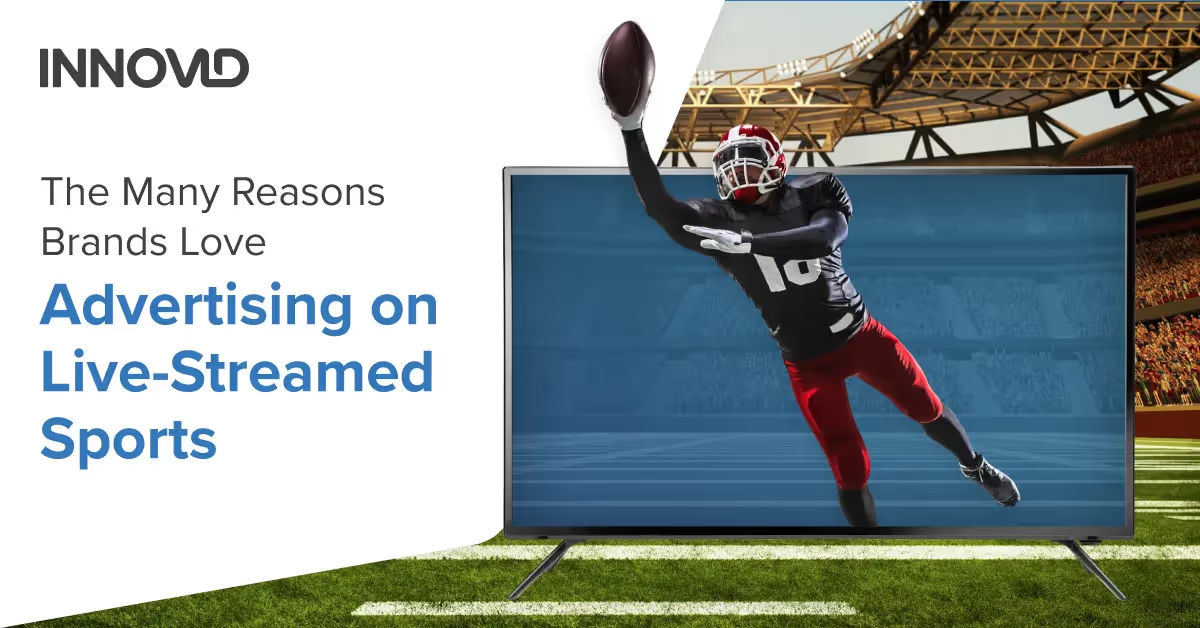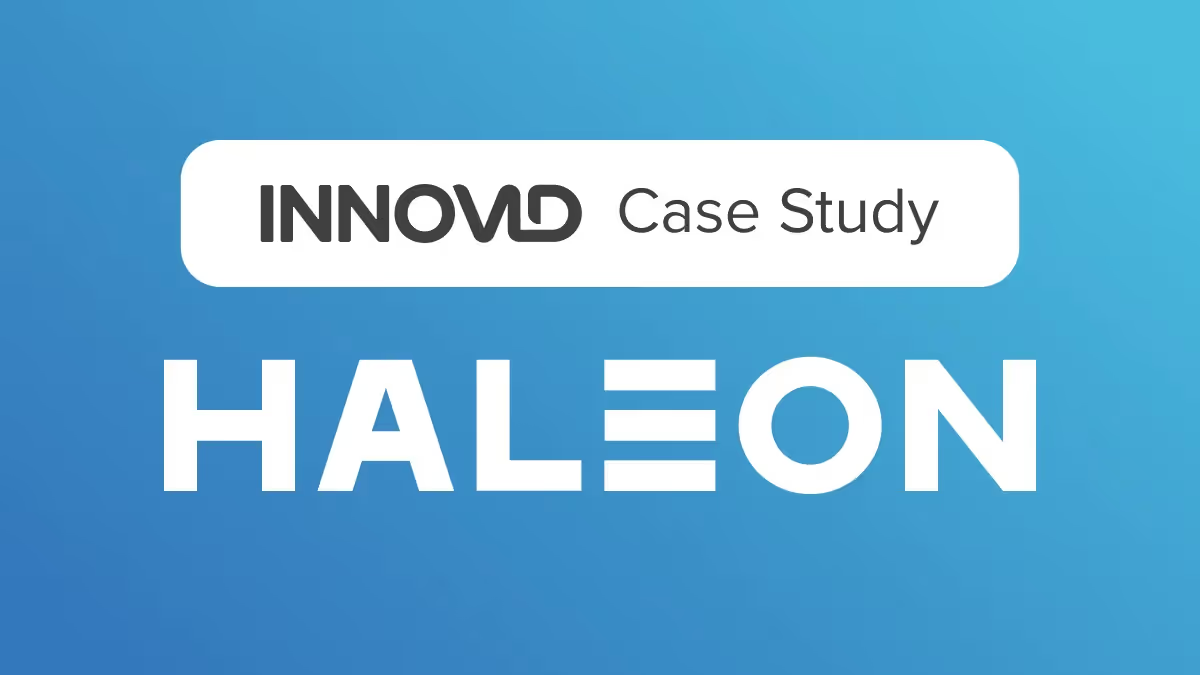Cough, Cold & Creative: Best Practices for Advertising in Flu Season
.gif)
Every year, 3%-11% of the U.S. population – up to 38 million people – get the flu between October and February. For advertisers, it’s one of the biggest predictable surges in consumer health demand. It’s a five-month window to meet people in the moments they are actively seeking solutions.
But with fierce competition and messaging overload, how can brands ensure their campaigns stand out from the rest? The answer: smart technology that delivers timely, relevant, data-driven creative at scale.
Best Practice #1: Activate Regionally & Contextually
The key to relevance is knowing what consumers need, when they need it. By tapping into real-world data signals, such as CDC illness trackers, regional illness data, weather shifts, or even pollen counts, advertisers can match messaging to local conditions and consumer needs at the ultra-local, ultra-granular level.
For example, a leading household cleaning brand used the CDC’s ILI (Influenza-Like Illness) Activity data to target specific communities. They ran dynamic video targeting U.S. CBSAs (Core Based Statistical Areas) with “low,” “medium,” and “high” activity versions, each tailored to local case levels with unique CTAs. The result: messaging that was timely, relevant, and trust-building, while also helping the brand and its retail partners manage seasonal surges more effectively.
Best Practice #2: Use Dynamic Creative Optimization
Once you understand the symptoms consumers are experiencing, meet them with the right product message at scale. Rather than relying on one-size-fits-all messaging, DCO allows brands to highlight the most relevant treatments. Think an allergy-reliever for someone in peak pollen season, a kids’ cold-symptom reducer for a mom of three, or a joint pain reducer for elderly shoppers in colder months. By leveraging contextual signals like region, demographic, or illness data, brands can ensure they target the right person with the right product.
Haleon put that into practice, leveraging (DCO to align audience segments with informational, personalized content at scale. The result: dynamic video that drove a 2.5x higher CTR on YouTube, and a 94% increase in video CTR over benchmarks, proving that flexible, dynamic messaging resonates amidst fast-moving seasonal changes.
Best Practice #3: Make CTV Interactive
According to Innovid’s Pharma benchmarks report, CTV now accounts for nearly half of pharma video impressions, making it a prime channel for lean-forward, interactive experiences. From QR codes to help shoppers find the nearest pharmacy or clinic, to swipeable carousels of seasonal deals, and in-unit education like flu prevention tips or dosing instructions, interactive formats turn passive viewing into active engagement.
A leading pharmaceutical brand partnered with Innovid to elevate existing CTV creative with interactive elements to engage audiences in a fresh, compelling way. The updated creative earned an additional 147 seconds of ad time (i.e. the amount of time the user engaged with the creative), a 33% increase in QR scans, and a nearly 98% completion rate, showcasing that interactivity significantly captures attention and drives action.
Best Practice #4: Ensure Compliance While Engaging
One limitation unique to pharma marketing is the need to balance campaign performance with FDA compliance. However, the right technology makes including important safety information (ISI) and necessary disclaimers easy. Innovid enables advertisers:
1) Implement ISI and disclaimer overlays without obscuring visuals
2) Add multi-click functionality for RX content
3) Use regulatory-safe zones to simplify OTC promotions
Pharma brands can ensure a premium creative experience for consumers and top-tier engagement without sacrificing compliance.
Best Practice #5: Measure & Optimize in Real-Time
Cold and flu activity ebbs and flows, so brands must remain flexible. Campaigns need to adapt messaging to avoid stagnation and lack of relevance. With measurement and optimization platforms, like InnovidXP, advertisers can monitor real-time outcomes and reallocate spend to top-performing regions, products, or creatives, ensuring messages are relevant and spend isn’t wasted.
So ask yourself, can you answer questions like: Did the campaign drive in-person pharmacy visits? Did it increase QR scans? Did it result in more conversions? If not, get in touch to learn how you can understand the real business impact of campaigns and continually improve performance.
Seasonal Playbooks by Industry
When cold and flu season come around, pharmaceutical providers, retailers, and CPGs are eager to reach consumers. But how each of them do so requires nuance and a unique messaging strategy.
Pharma: Patient education and compliance are the top priorities. Emphasize compliant formats, ISI overlays, and DCO relevance, such as dosing tips, vaccine education, or reminders of upcoming seasonal surges like allergies or influenza. Insert creative example
Retail: The biggest focus is to drive in-store traffic. Align creative with local inventory, feature current promotions or sales, or utilize QR codes to show consumers the nearest location. Insert creative example
CPG: It’s all about highlighting why your products are necessary. Leverage dual messaging by showcasing prevention-oriented solutions, such as wipes, sanitizers, or over-the-counter medications, alongside treatment best practices to drive purchases. Insert creative example
The Perfect Treatment for Advertising Ailments
Cold and flu season campaigns are most successful when they’re data-driven, dynamic, compliant, and optimized. All you need is the right technology to help you do it.
Explore how Innovid can help you make the most of the peak season before it’s here by visiting www.innovid.com for more.




